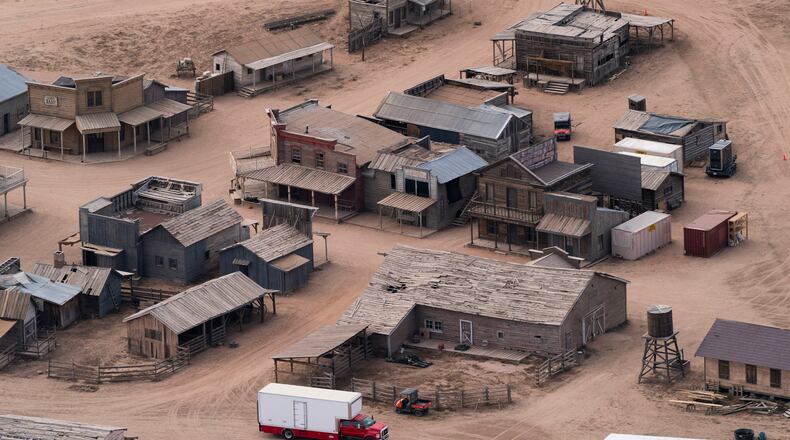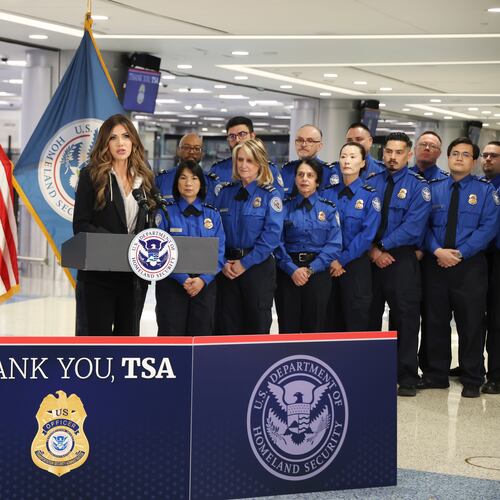In an industrywide effort to increase safety on film sets, each major studio filming in Georgia will assign a safety officer to a feature length production as part of a pilot program starting next year.
The measure came out of the latest round of contract negotiations concluded last month between the Hollywood crews union and major entertainment companies. The pilot program will also be adopted in New York.
From the start of a production, the safety officer will work with producers and crew members to identify possible hazards or safety issues that could be encountered. The potential concerns could include performing dangerous stunts, working in hazardous locations or dealing with chemicals or lead paint.
The safety officer will then create a risk assessment and come up with a plan to work with the production company, the union, the U.S. Occupational Safety and Health Administration (OSHA) and other parties to make sure they’re creating a safe work environment, said Mike Akins, the business agent for the International Alliance of Theatrical Stage Employees (IATSE) Local 479, which is based in Atlanta.
“Safety has always been paramount in the entertainment business,” Akins said. “I can’t tell you that we don’t have accidents or we don’t have things go wrong. But this industry is incredible about its commitment to safety.”
While productions have always had safety personnel on set, this program is designed to involve them earlier in the process, beginning with preproduction.
The program is in a pilot phase, which is why each studio will hire a safety officer for only one production. If the unions, employers and producers find that the risk assessments are beneficial, they can determine if it is worthwhile to roll out the program at a full-scale.
The program is modeled on an existing measure in California, which applies to productions receiving the state’s film and television tax credit. Georgia’s program is not tied to its tax incentive. Instead, it is applicable only to films produced under IATSE’s Basic and Area Standards Agreements.
Credit: Courtesy State Line Films
Credit: Courtesy State Line Films
Safety was a key priority in IATSE’s latest round of contract negotiations with Hollywood’s major studios and streamers. The two new contracts ratified by members included new language for firearm safety and working in extreme heat and cold temperatures, and penalties for productions infringing on an employee’s rest period. Employers also must offer courtesy housing or round trip transportation for crews working over 14 hours.
Public discussions about the safety of crew members on set have picked up speed over the last three years, ignited by the highly-publicized shooting incident on the film set of “Rust,” where Alec Baldwin was rehearsing with a prop revolver when it fired a live round, killing cinematographer Halyna Hutchins.
Several other on-set movie accidents have made it to the news. In Atlanta this year, several crew members on the Eddie Murphy-helmed heist film “The Pickup” were injured during the filming of an action sequence when two cars flipped over.
A decade ago, Georgia was at the center of another industrywide safety wake-up call, when an assistant camerawoman, Sarah Jones, was struck and killed by a freight train while filming the unreleased Gregg Allman biopic “Midnight Rider” near Savannah.
About the Author
Keep Reading
The Latest
Featured




